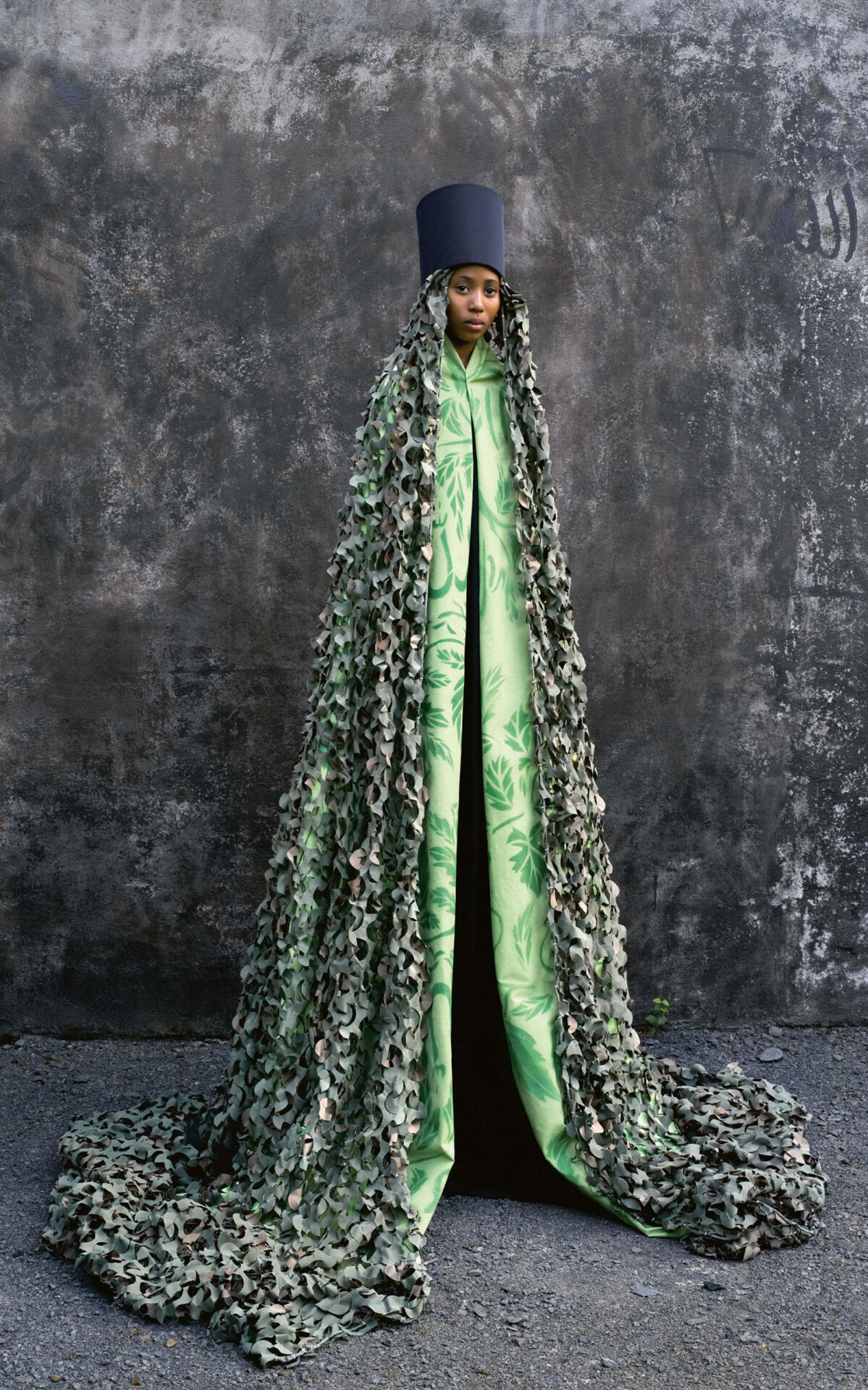
Photo : © Maïmouna Guerresi, courtesy of Mariane Ibrahim Gallery, Seattle
Of Veils, Feminisms, and Contemporary Art
Most images of Muslim veils in the mainstream art world challenge the historically entrenched sign of what I call the veil because, as the focus of continued social and political debates in Europe and North America, it functions as a collectively shared sign for the unagentic Muslim woman, the backwardness of Islam, and the alleged incompatibility between the West and Islam.
